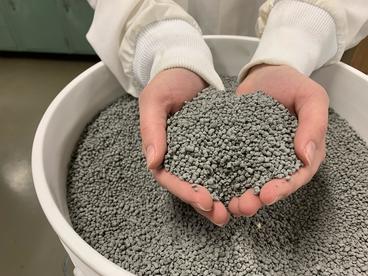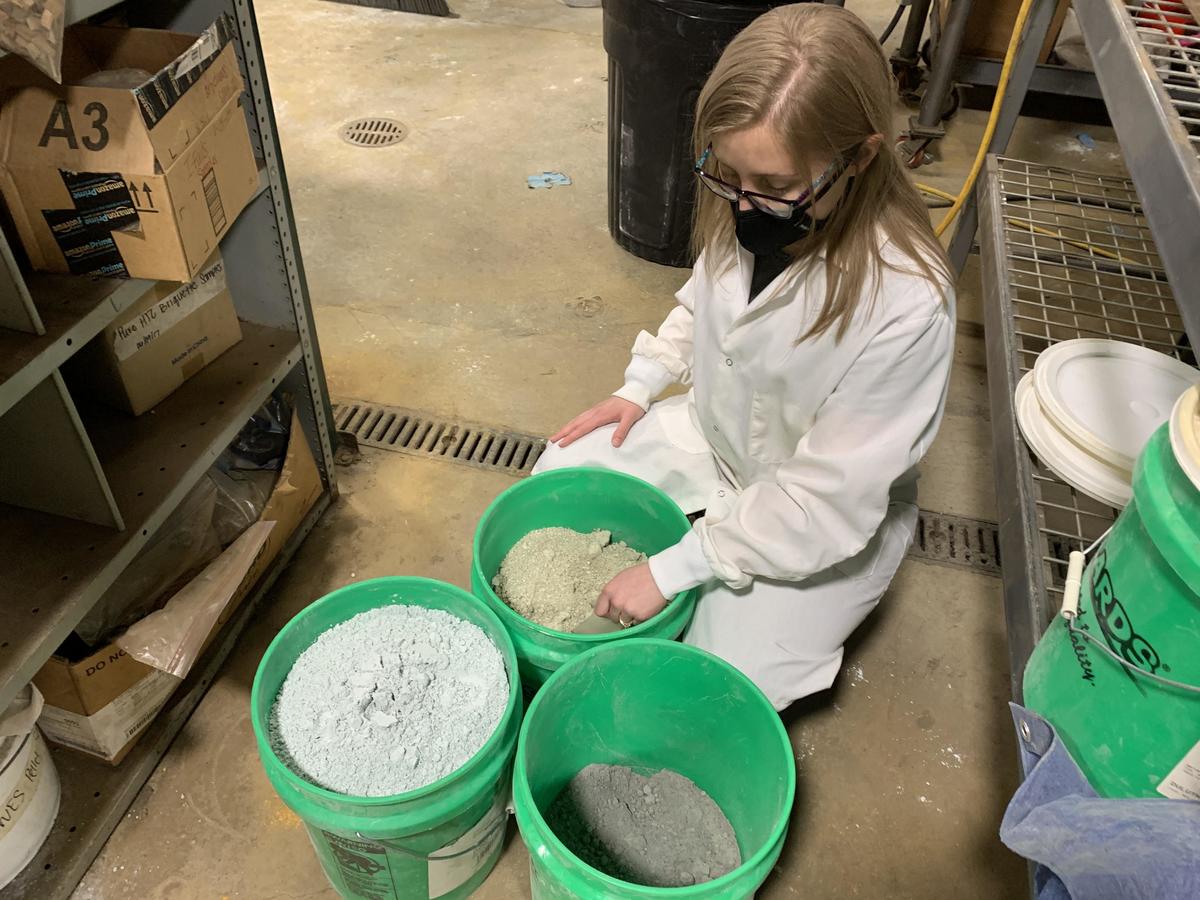Looking out over her 30 acres of horse pasture a few years ago, Anne Gullion knew it needed something. She called the agriculture experts at the University of Minnesota Extension Office in Carlton to come out and take a look.
“My pastures are sandy so they lack a lot of nutrients,” said Gullion who grazes 14 horses at her boarding facility.
The Extension expert put her in touch with local industry to get some of their lime/ash byproduct materials applied to her pasture. Like commercial fertilizer, this production waste stream improves soil alkalinity and water penetration, while adding calcium. One hundred tons of the gray-green, damp yet powdery material was applied to Gullion’s pastures. The result was greener grass, bare patches filling in and happy horses.
Finding beneficial uses for industrial byproducts is an environmental service that many industrial facilities are committed to, but it’s expensive. The material is difficult to handle, so the company often covers the cost for the lime and ash to be hauled and spread on agricultural fields.
Can NRRI make the material easier to transport and apply? Perhaps in a granular form, land application of the materials can be simplified, improving the outcome for both industry and farmers. The hope is that NRRI could help generate new markets for the material.

NRRI Engineer Cally Hunt is leading this research effort, which she likens to developing a new recipe.
“We’re trying different binders and playing with the moisture content and ingredient ratios,” she said. “It's like taking of years of baking experience and creating an entirely new recipe.”
The process of granulizing the material is called agglomeration, and it’s something NRRI has a lot of experience with -- from taconite pellets to gypsum and more. And at this point Hunt thinks they have a good formulation that readily agglomerates and holds together. NRRI produced 15 five-gallon pails of it for field testing.
“The one question we don’t have answered yet is, how will this agglomerated material interact in a soil environment? We are working with an industry partner to gather feedback from farmers to see if the disintegration profile meets their needs,” said Hunt. “We might have to further optimize the recipe it if it doesn’t.”
The final goal will be finding a manufacturing partner that can agglomerate on a large scale and support a large scale field trial. Many industrial processes produce a fly ash byproduct and the total produced in the U.S. can reach 73 million tons annually. (Source: Dwivedi* and Kumar Jain)
Hopefully, the project will result in hitting the NRRI trifecta: reducing waste, improving the environment and adding value to resources… with an added bonus of happy horses.
